ELECTRIC, WITH AN EDGE
Daelim is a high-quality and durable single-phase pad-mounted transformers manufacturer and designer. As a manufacturer and designer with rich experience in the production of transformers for sale Canada. The power transformers produced by Daelim are widely used in Quebec and Ontario, Canada.
All transformers are manufactured in strict compliance with AISN, IEEE, and IEC726 standards, and the ISO9001:2015 certified management system ensures the quality and reliability of the power transformer you purchase. At the same time, we provide warranty and installation instructions for all power transformers.
In this article, we will be focusing on the “cabinet-looking transformers”. Specifically named as Single-phase pad-mounted transformers. With the help of DAELIM, a company that has been specializing in Single-phase pad-mounted transformers for more decades, you will be able to easily understand what this type of transformer is capable of.
But first, it is best to understand what distribution transformers and power transformers are in order for you to not be confused as we go through the detailed specifications of Single-phase pad-mounted transformers.
Daelim has designed and produced a number of distribution transformers for Canada. Such as single-phase pad-mounted transformer, electric pole transformer, dry-type transformer and Oil-Immersed Distribution Transformers.
They are designed and produced in strict compliance with CE regulations. It also meets the requirements of the Canadian Electrical Code for transformer overload (and loading). The Canadian Electrical Code (CE Code) clearly specifies the size of conductors, secondary loads, and transformer circuit ratings in Article 26-258. Based on these requirements, Daelim specially designed distribution transformers for the Canadian market and applied them in Quebec.
Moving on, now that you know what distribution transformers are, it is time to understand how to differentiate distribution transformers and power transformers.
Basically, the difference between the two is that power transformers are often used in transmission networks that are at high voltages. On the other hand, distribution transformers operate at distribution networks that are at lower voltages.
Moreover, power transformers usually operate at full load ratings with significantly less load fluctuations.
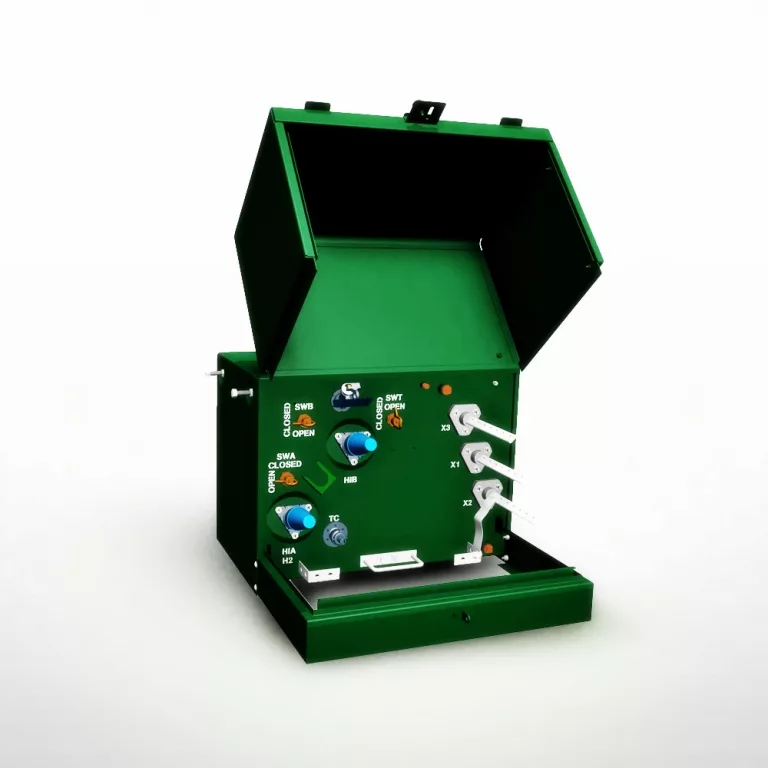
Since you already know the difference between distribution transformers and power transformers. Another topic that should be given attention to is the difference between single-phase transformers and single-phase pad-mounted transformers.
The major takeaway difference between the two is the “pad-mounted” term involved in its name. From the word itself “pad-mounted”, this means that single-phase pad-mounted transformers are mounted on a pad (usually concrete).
On the other hand, single-phase transformers are the transformers that you see in utility poles. (i.e., can be concrete, wood, etc.)
Single-phase transformers are a type of power transformer (not distribution transformer) that makes use of A.C (alternating current). This means that the transformer heavily depends on a voltage cycle that works in a unified time phrase.
The ratio of the primary winding to secondary winding will determine the change in the current.
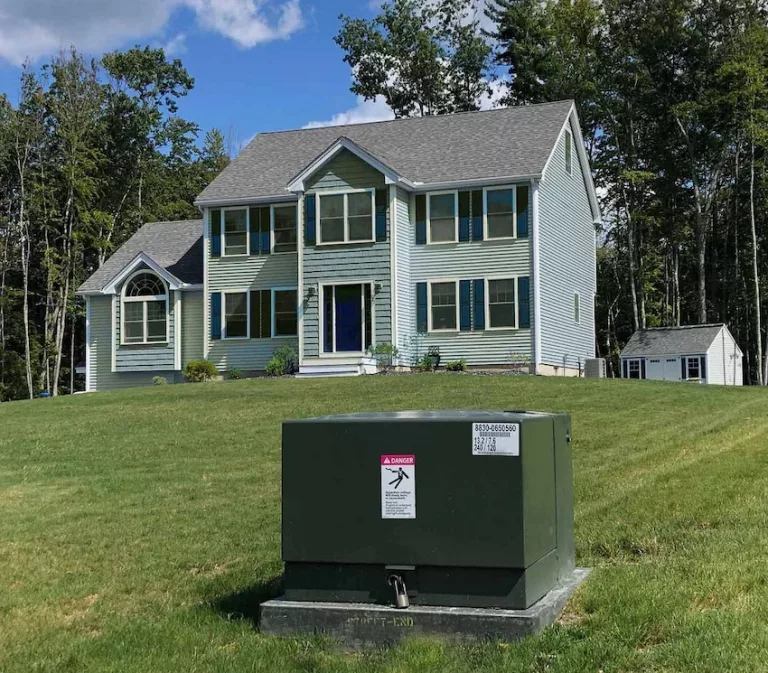
On the other hand, when it comes to the working principle of Single-phase Pad-mounted Transformers, it works similar to single-phase transformers but it has its own unique processes as well.
For instance, unlike single-phase transformers that operate on a utility pole or above-ground, Single-phase Pad-mounted Transformers operate on the ground. To be more specific, on the ground that is mounted to a specially designed pad for it.
Moreover, Single-phase Pad-mounted Transformers are locked in a steel cabinet for maximum security against outside elements like pedestrians and animals.In terms of the connections, primary power cables may be connected with the use of elbow connectors.
The way to energize this is to use a hot stick, and with the help of the hot stick this allows flexibility in repair and maintenance.
Distribution Transformer Capacity Solution for Processing Factory
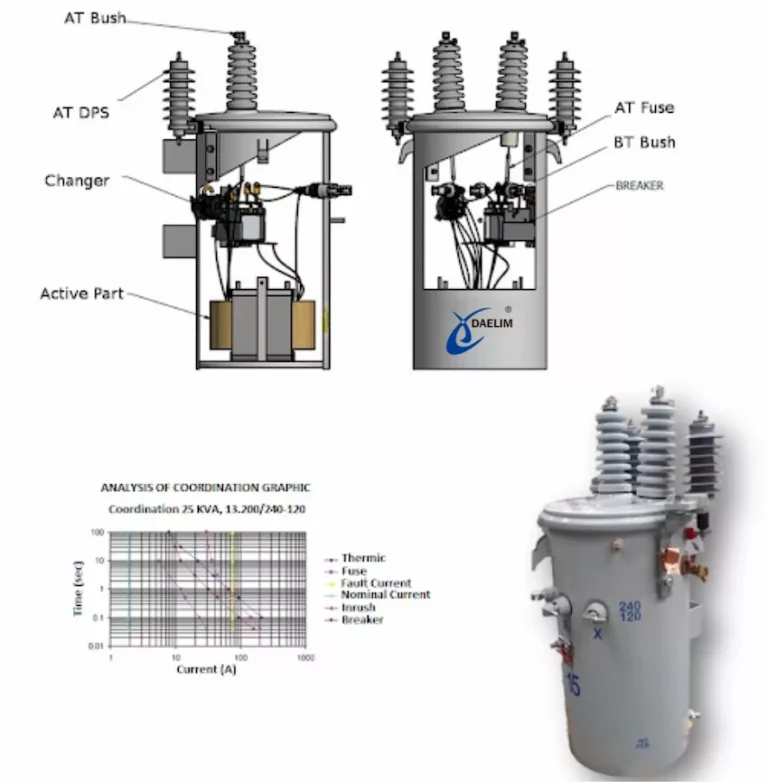
Single-phase transformers are static devices, which means that they have no moving parts in them, but this does not mean that they do not have components in them.
Single-phase transformers primarily have two windings, a core, and isolation.
As mentioned, the single-phase transformers have two windings, one winding in the primary section and the other one is located in the second section. These windings are fairly common in single-phase electrical electrical power networks.
These windings are known to have a low resistance amount. Furthermore, these windings are commonly made out of copper. They may be layered around the transformer’s core but this does not mean they are not isolated from it.
The insulating varnish is used for that purpose. Depending on what the cooling medium of the transformer is, it can be dry type or liquid-filled (oil.)
The core of the single-phase transformer could vary since there are several types or forms out there.Regardless, the core is responsible for providing a single-path magnetic circuit and each leg of the core is overlapped with voltage windings with both high and low ones.
In terms of the shell-type form, the windings are expected to form a single ring with the core that is circulating each side of the winding ring.
The single-phase power isolation transformers have their windings and core separated from each other.
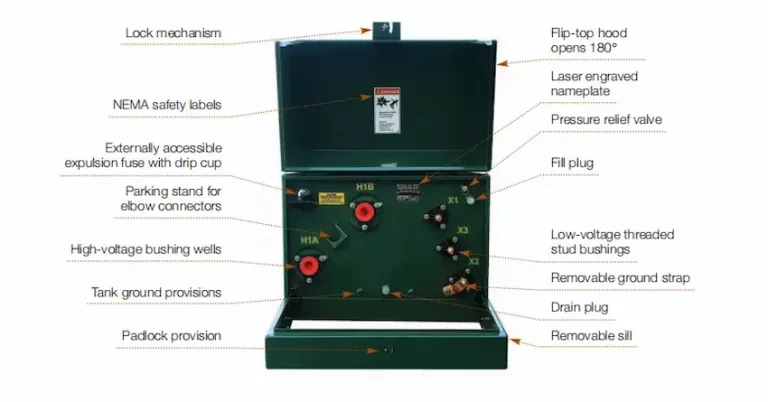
The major difference between single-phase transformers and single-phase pad-mounted transformers is that single-phase pad-mounted transformers have much more parts than single-phase transformers.
Here are some of the parts of single-phase pad-mounted transformers.
Single-phase pad-mounted transformers commonly have low-voltage bushings because its function is to be used on a surface pad. You can also consider low-voltage bushings as ABB low voltage bushings, and they are engineered to be compatible for the pad.
The low-voltage bushings are also responsible for terminating internal low voltages from the transformers that direct it to the walls of the tanks for a consistent connection of the cable circuits in lower voltages (external.)
However, low-voltage bushings are not the only bushings present in single-phase pad-mounted transformers. High-voltage bushings are also present in the transformer itself and its purpose is to provide insulated entrances for conductors that are expected to be more energized for electrical devices that require high voltages.
All of these bushings are essential as they serve as a support for all of the energized parts of the single-phase pad-mounted transformer. This is the main reason why this type of transformer has two bushings, but when it comes to other models, the bushings could vary.
Most transformers have a specialized fuse with them that is there for security purposes. For single-phase pad-mounted transformers, they have a bayonet fuse that is used to protect the transformer from dangerous currents.
When it comes to the voltage switch of the single-phase pad-mounted transformer, it has an upgraded one; specifically a dual voltage switch that is for selecting the primary windings. It controls the loads that are working at different voltages which is a normal phenomenon.
Single-phase pad-mounted transformers have automatic pressure relief valves that function as a protective component for too much pressure or excessive pressure that can easily damage the transformer during operation.
The source of too much pressure has several contributors such as pump stations, distribution systems, and primary transmissions.
In the case that the inlet pressure is opened, you can expect that it can exceed the preset value with ease. Furthermore, this discharges high-pressure water because of the waste from the pump suction or maybe because of a low pressure zone.
Now that you know what are the main differences between a single-phase pad-mounted transformer and single-phase transformer, it is appropriate to differentiate what single-phase pad-mounted transformers are to three-phase pad-mounted transformers.
Although three-phase pad-mounted transformers are bigger than single-phase pad-mounted transformers, this does not mean that they are no longer compact.
In fact, three-phase pad-mounted transformers are power centers for utilities, big projects, commercials, industrial applications, etc. They are also designed to withstand harsh environments better than single-phase pad-mounted transformers.
Furthermore, when it comes to its area or location placement, they can be placed inside or outside of buildings for the purpose of offering an energy efficient solution that is safe and secure.
However, if you are planning on using three-phase pad-mounted transformers indoors or inside establishments, make sure that it passes the fire code of the building since three-phase pad-mounted transformers may make use of transformer oil or mineral oil that is highly flammable.
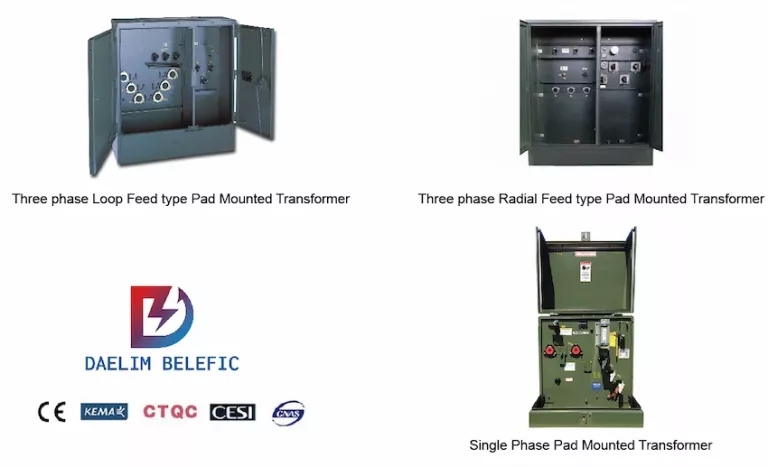
three-phase pad-mounted transformers basically work the same way as single-phase pad-mounted transformers do, but you can consider three-phase pad-mounted transformers as the upgraded version of the single-phase pad-mounted transformer.
Moreover, it can have more parts, and even additional accessories with a higher kilovolt-ampere rating.
Residential pad-mounted transformers are normally exposed to the public since it is basically safe to pass by or stand beside. There are no residential pad-mounted transformer health risks when you walk through them.
However, it would be a different story if a pedestrian or animal bumped into it while it was open. This could electrocute the invader. But this is a very rare scenario since single-phase pad-mounted transformers are always locked.
Yes, just like most types of transformers, single phase pad mounted transformer sizes come in different sizes, shapes, and appearance. Depending on what you prefer, you can discuss this with the manufacturer.
When it comes to choosing the right manufacturer, make sure that the manufacturer you are interested in has decades of experience with transformers. This is to ensure that the manufacturer is credible and excellent at their craft.
Since they have been in the industry for a long time, it is most likely that the manufacturer has many certificates and awards. Look for those on their website. Moreover, look for customer reviews as well.
If you are looking for a distribution transformer that is safe to operate outdoors, versatile, small, and easy to use, then the single-phase pad-mounted transformers are definitely for you. But depending on what your purpose is, make sure that it is compatible with single-phase pad-mounted transformers.
In the case if it is not, then go for three-phase pad-mounted transformers instead. But to be sure if it really is suitable for your purpose, contact DAELIM’s team of professionals to get immediate answers first.
This is to avoid getting the wrong type of transformer. Moreover, this will help you get some questions or clarifications answered as well.
Daelim can professionally produce and design pad-mounted transformers that comply with electrical industry regulations for the Canadian market. It has already successfully applied multiple projects in Quebec and Ontario.
We have 15 years of design and production experience, and have a professional sales and back-end service team, which can guarantee your installation and warranty.
Download Resource
ELECTRIC, WITH AN ENGE-- DAELIM BELEFIC


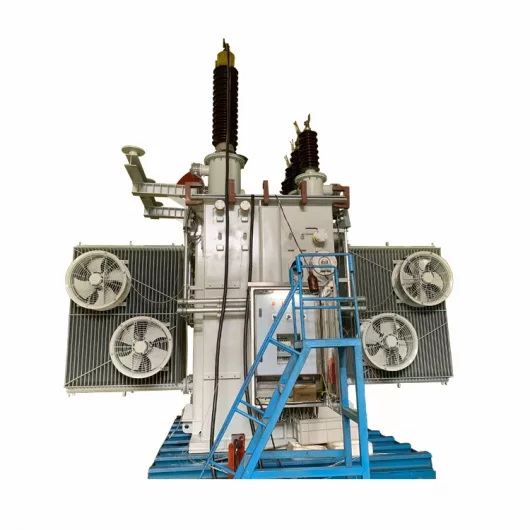
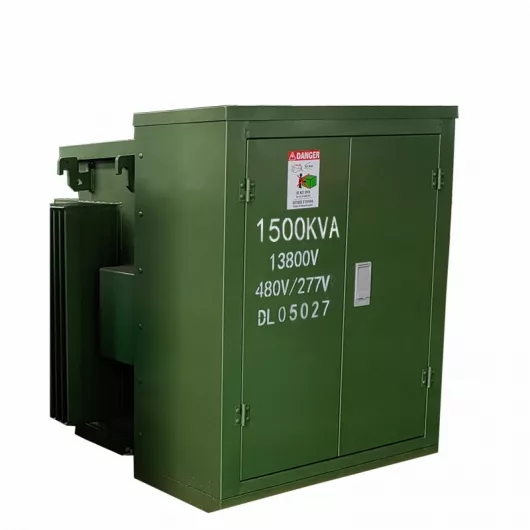
After filling in the contact information, you can download the PDF.